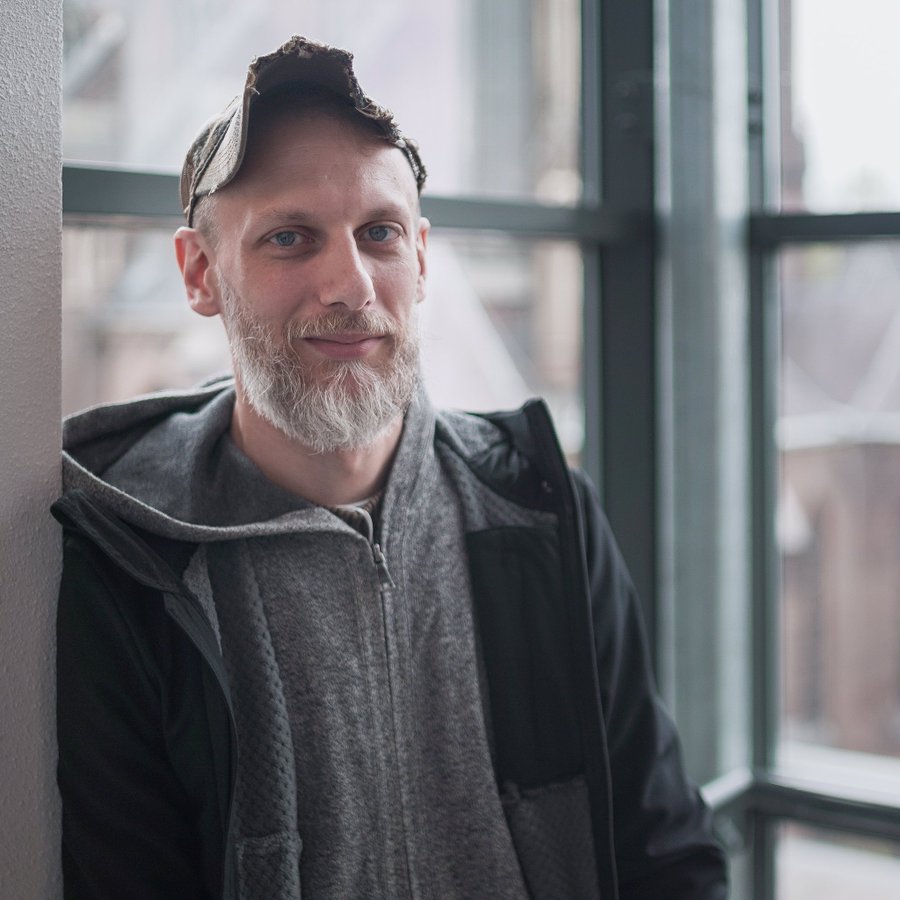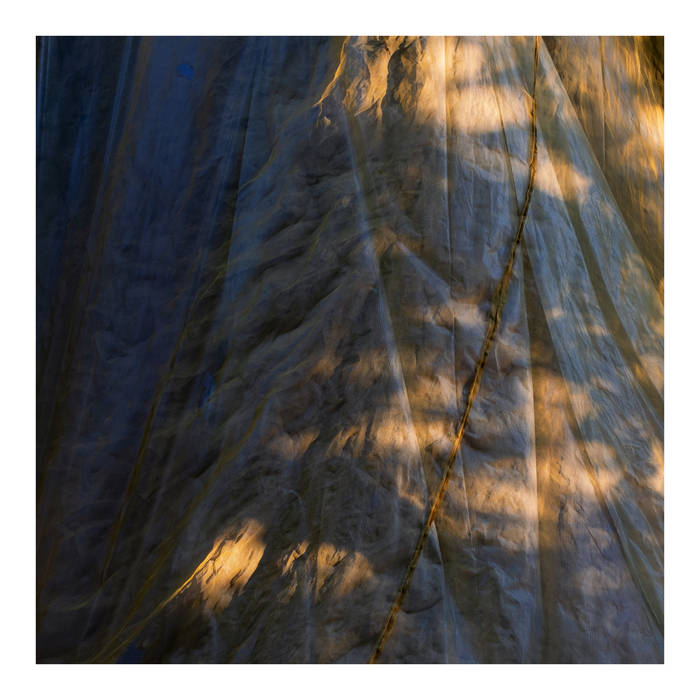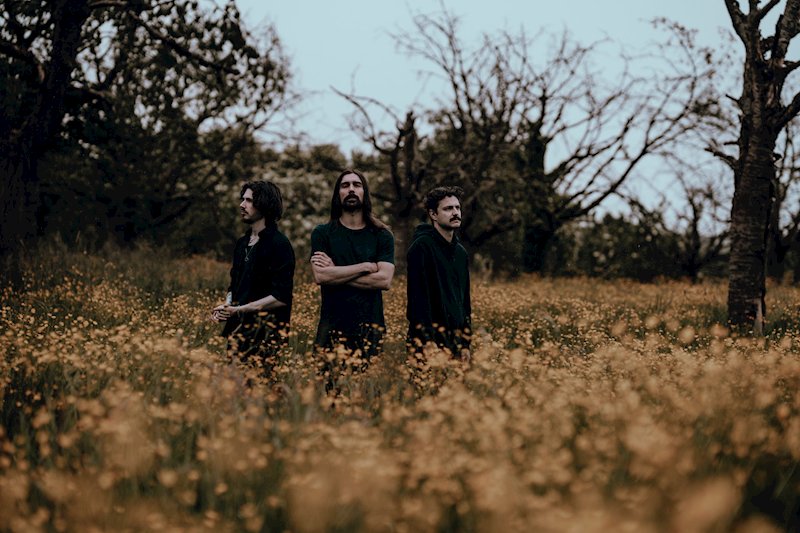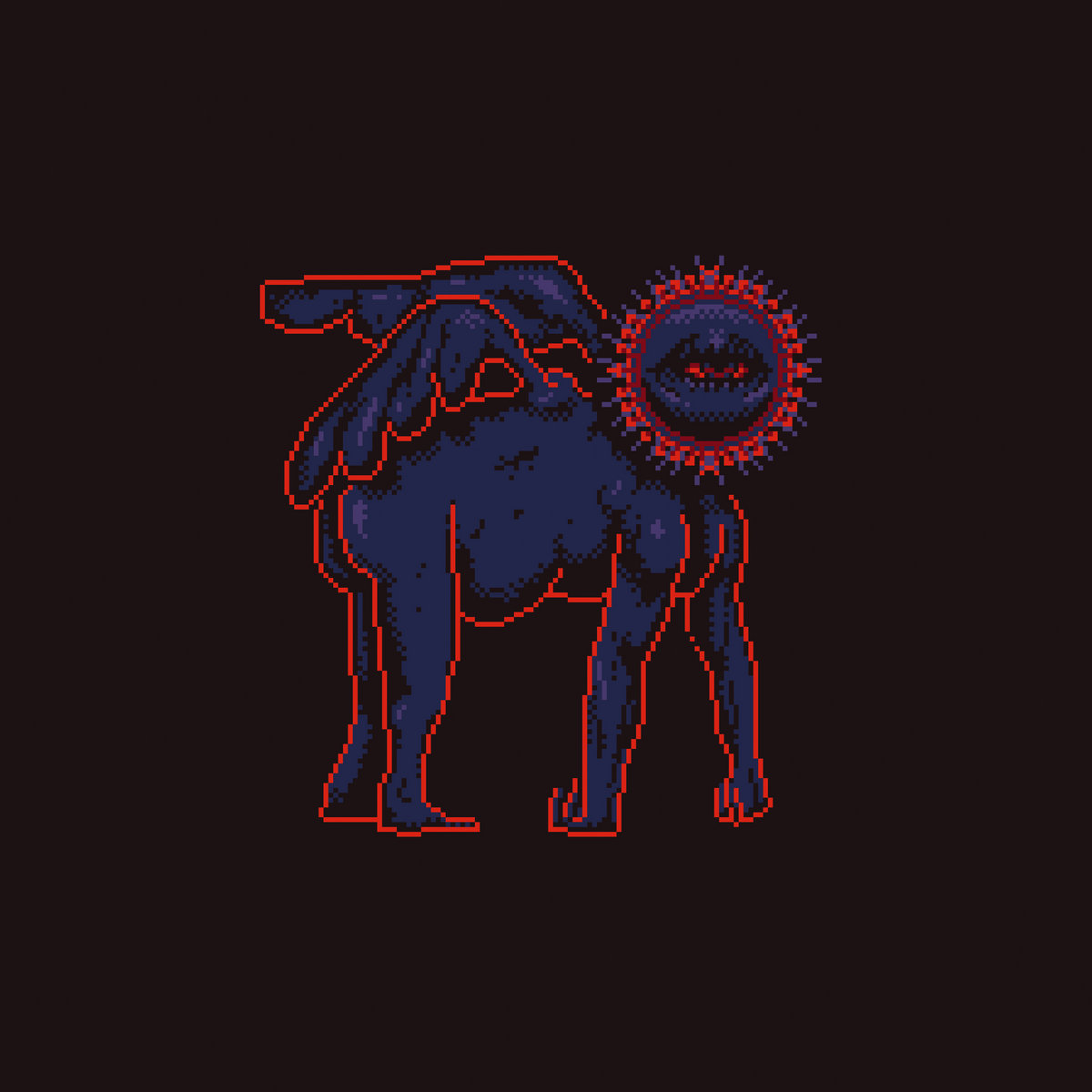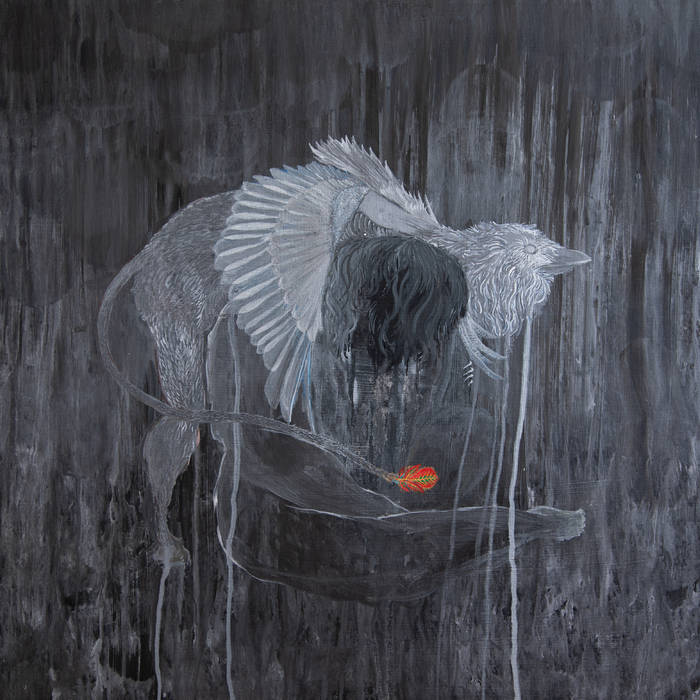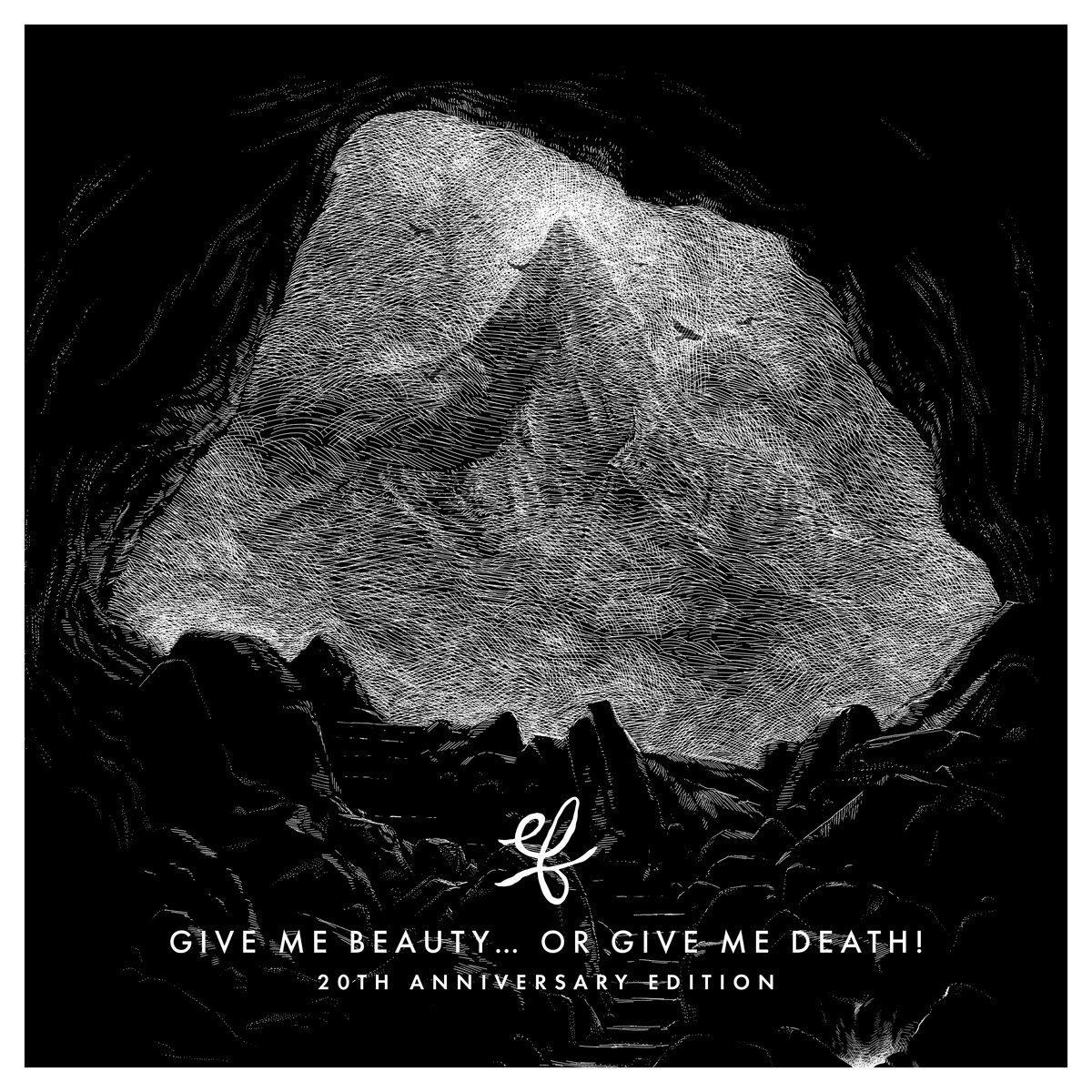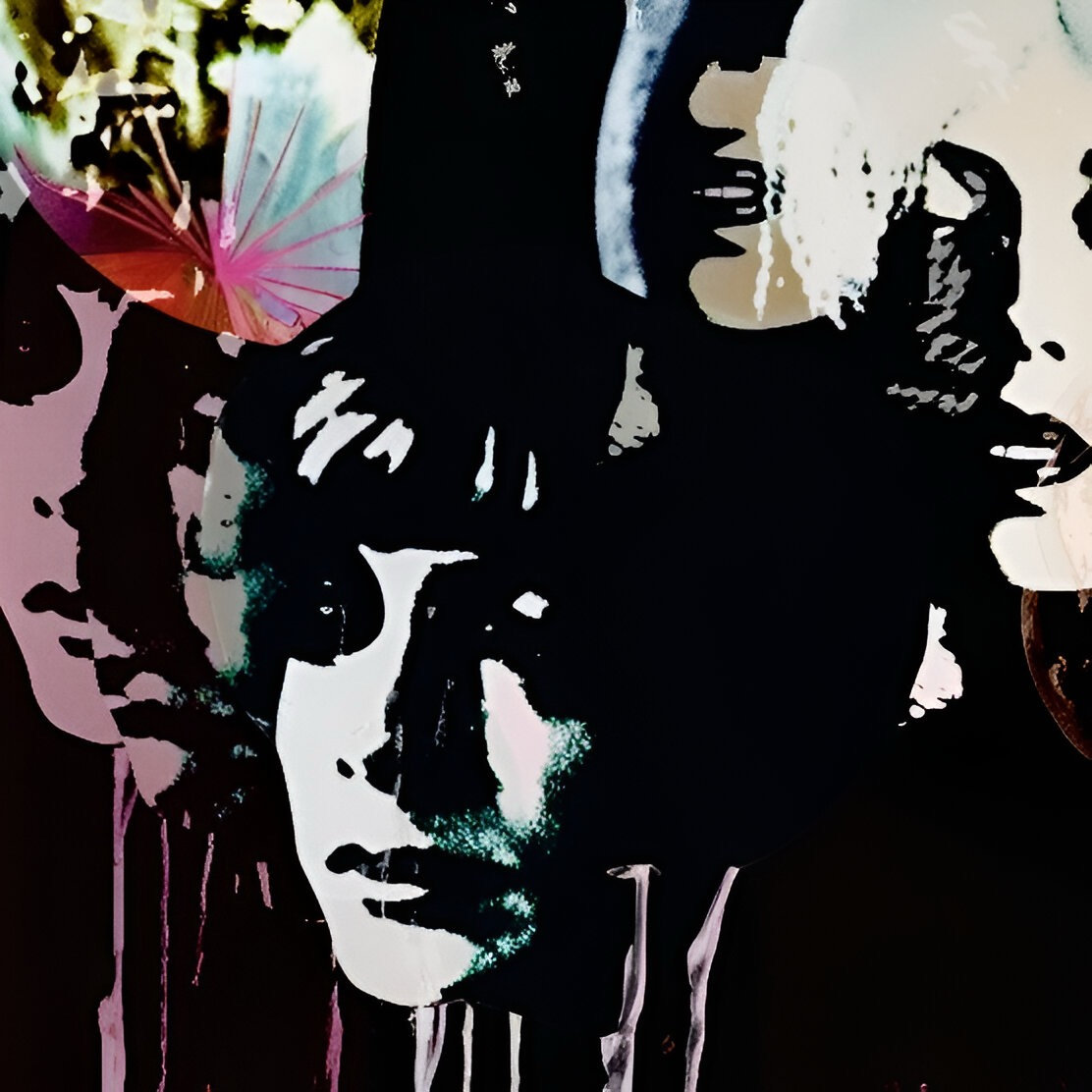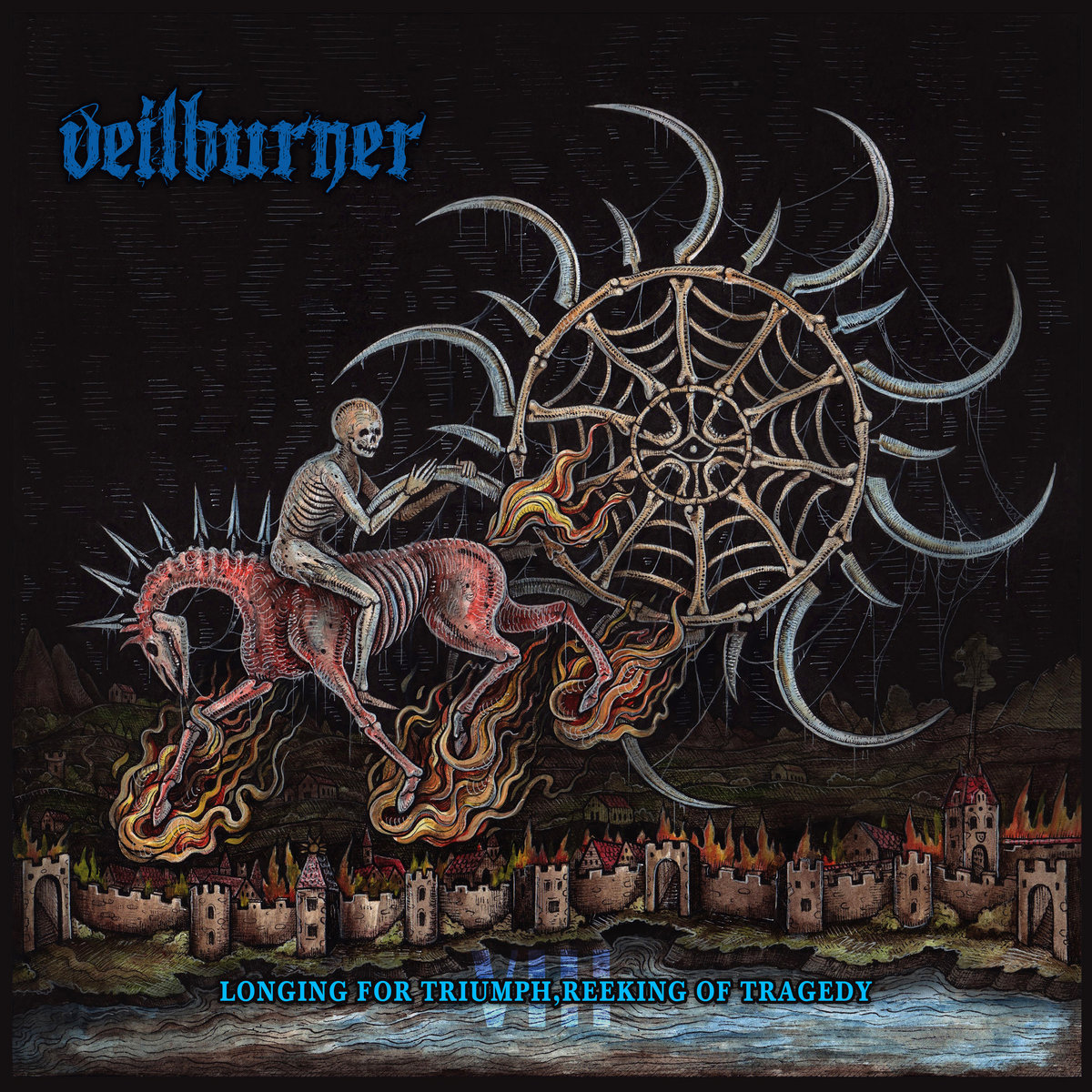In 1831, Katsushika Hokusai painted the famous painting The Great Wave off Kanagawa - and for some reason or other I feel a certain kinship between this painting and the cover of Ainu‘s self-titled debut just as I also see the thematic similarities to a band like Ahab. Does that lessen the five songs on Ainu in any way? No, surely not, because their Heavy Psych meets Post-Metal sound is really fresh even though some might see paralells to the genre predecessors, which I do not deny but also do not mind!
The parallels are obvious: a good use of the quiet vs loud dynamics, the harsh guitars, the vocal samples – all elements quite normal for this genre since Neurosis’ Souls At Zero. However, there are several differences as well, for example the tuning of the guitars to begin with something very clear. The tuning is not as earthy as Scott’s or Steve’s, it’s less bluesy in a way – the whole thing has much more shiver to it, it’s definitely more reverb than distortion and in that way it is very psychedelic and noisey at the same time.
They use themes and topics similar to Ahab, Germany’s progressive Funeral Doom institution – the sea and anything maritime but also the sheer, brutal force of the oceans, their ability to crush everything in their way – and they display that force several times throughout the whole record but especially in ”Khrono” which is enriched with the warm trombone chaos provided by Ottone Pesante member Francesco Bucci. If listening carefully, one can also make out a certain twang to the track, which is the contribution of Giorgio Nattero (Carchadoron). The Psych elements become ever more audible on the final masterpiece ”Call of the Sea” which features vocals by Subsound labelmate Lili Refrain. The track ends in a kaleidoscope of sounds, which might be possible and plausible on a Maserati-album, a Muse-outro or even an avantgarde-HipHop track. Mesmerizing, just like the rest of the whole record.
The vocal samples sound less like Souls At Zero and much more like last year’s infamously famous and incredibly duo of Wallowing’s Earth Reaper and Orme’s self-titled debut. There is less despair and a bit more urgency to them. They reflect the different shades of the sea and the open water. And here we come back to the cover of the record and Hokusai’s painting: Both feature elements which indicate the brunt force of water as well as something elegant about it.
The way the Genovese trio establishes themselves as another mighty potent element on the already powerfully vital Subsound roster. They have found their own niche between Post-Metal, Doom and Heavy Psych and their path forward is laid out in golden tiles. Until the waves crash above them, come down and destroy most of the shiny things that were there, just a second before.
